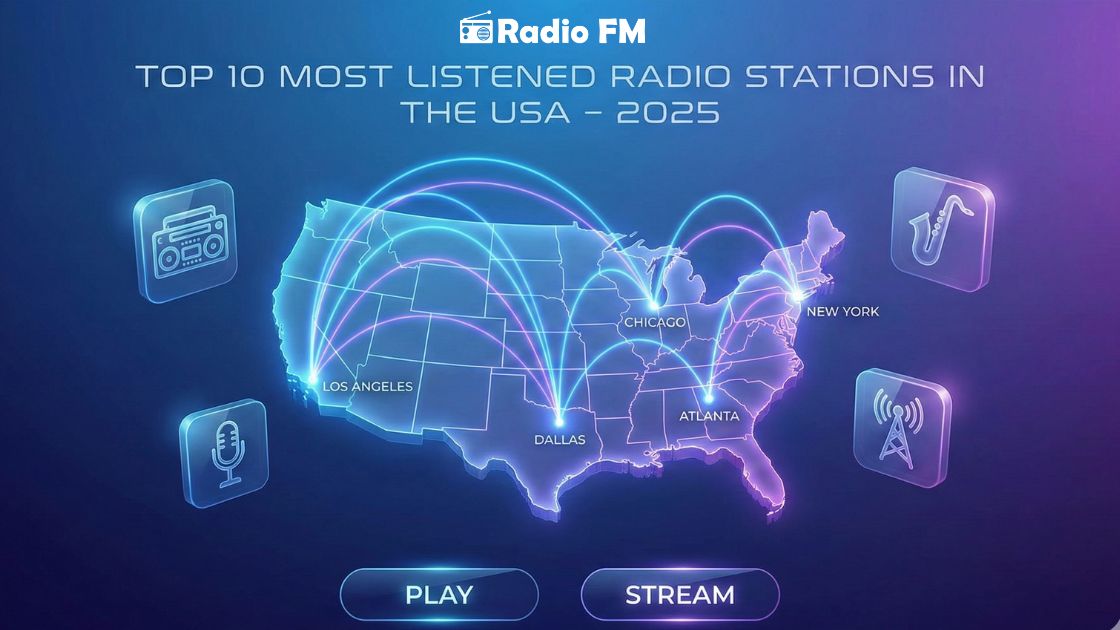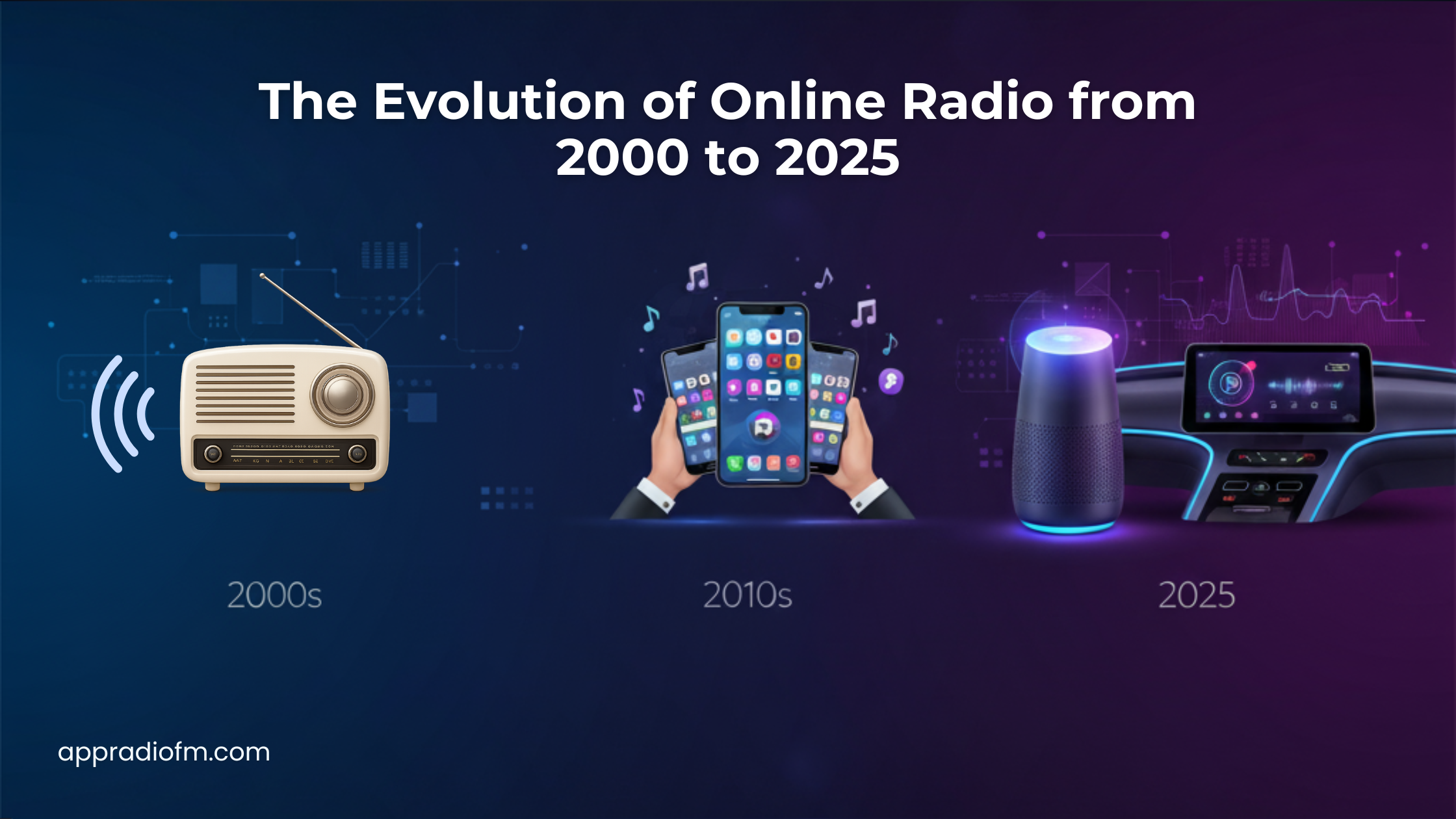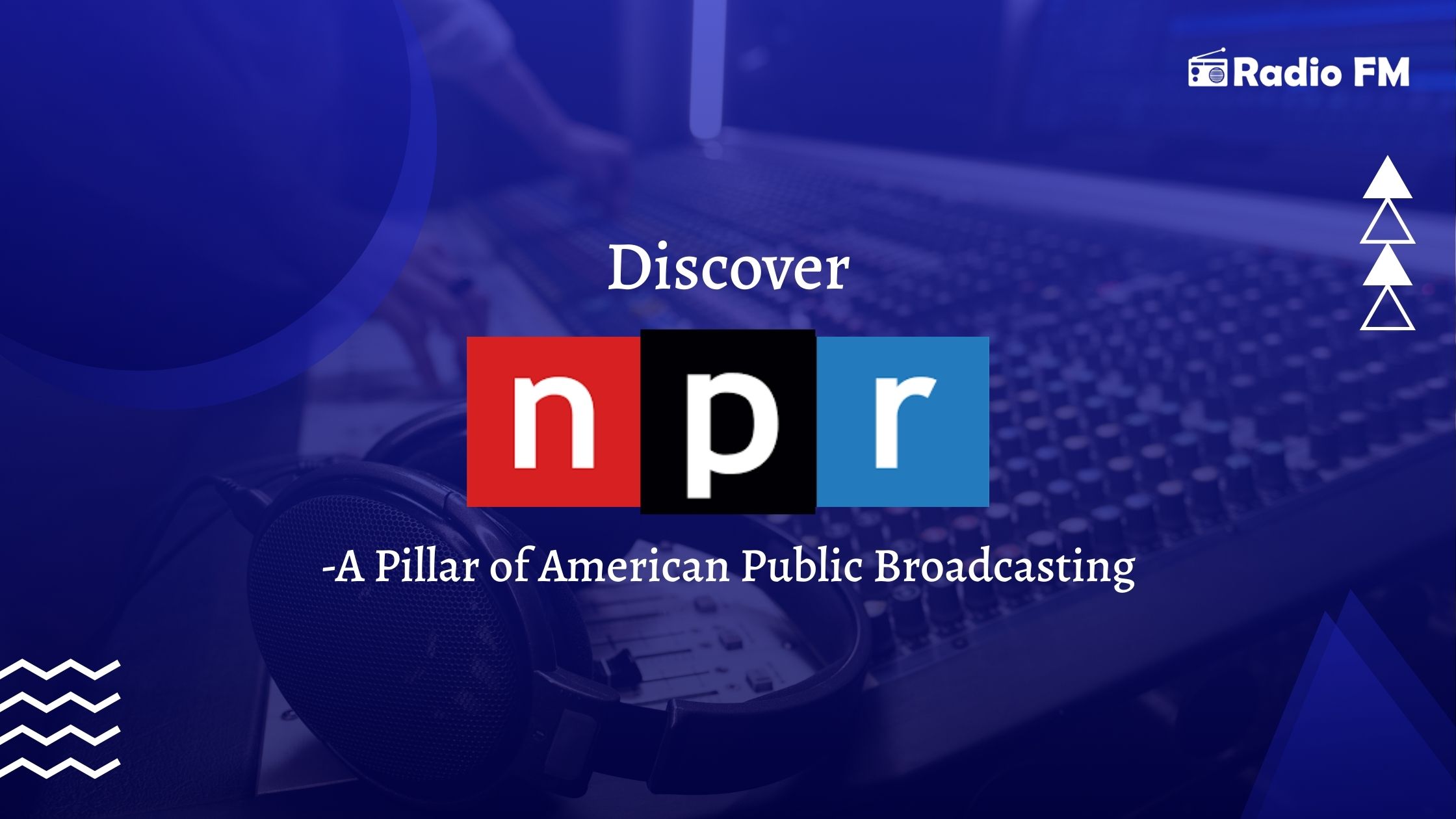
The Enduring Charm of Online Radio in a Digital World
Radio has been a beloved medium for over a century, and surprisingly, it’s still holding its ground in today’s fast-paced digital age. While many forms of entertainment have come and gone, radio has remained a consistent companion. Whether it’s to enjoy a favorite song, catch up on the latest news, or discover new music, people continue to tune in — now more than ever, thanks to the rise of online streaming platforms.
A Glimpse Into the History, Trends, and Evolution of Online Radio
The journey of radio began in the early 20th century, and its transformation has been nothing short of fascinating. What started as a local broadcast medium has now become a global experience. Thanks to the internet, radio has evolved beyond geographical limits. Online radio allows listeners to jump from a jazz station in Paris to a hip-hop show in New York with just a tap. This evolution has made radio more accessible, diverse, and engaging than ever before.
Why Online Radio is the Future of Broadcasting
Streaming services may have taken the music world by storm, but online radio stands strong, offering something that even on-demand playlists can't: human-curated experiences, live shows, and that spontaneous feeling of surprise. With endless stations catering to every genre, mood, or niche imaginable, online radio platforms are reshaping how we consume audio. From news and music to talk shows and podcasts, online radio is not just surviving — it's thriving.
Fun Fact: The first-ever internet radio station, Internet Talk Radio, launched in 1993 — way before most of us even had internet at home!
The Numbers Behind the Trend
Data backs this digital shift. According to Edison Research and Triton Digital, nearly 60% of the U.S. population still listens to terrestrial radio weekly — though that number has gradually declined. Meanwhile, online radio continues to rise. More than 70% of Americans now stream audio content online each month. And smart devices are fueling this growth — smartwatches, in particular, have become a surprising new player in audio streaming. With a simple tap on the wrist, users can now tune in on the go.
A Walk Down Memory Lane: Radio’s Milestones and Innovation
Radio’s story is deeply rooted in innovation. Back in 1910, Lee DeForest made history by transmitting the first live human voice via radio. Fast forward a few decades, and television tried to steal the spotlight. Yet, radio remained relevant — free, accessible, and mobile. It adapted with time, embracing the internet and smart technology. Unlike TV, which demands your full attention, radio is flexible — you can drive, work, or cook while listening. That multitasking magic is part of what keeps radio irreplaceable.
What Today’s Reports Are Saying About Listening Habits
Modern reports reveal just how deeply embedded audio is in our lives. Americans now spend an average of 10 hours a week listening to music, podcasts, or radio. One-third of online listeners even use smartwatches to stream music — up significantly from previous years. With platforms like Radio FM offering personalized experiences, the diversity of content available is staggering. From mainstream hits to underground indie stations, there’s a world of audio waiting for every listener.
Fun Fact: There's a 24/7 radio station on the internet that plays only meows. Yep, Cat Music Radio is real — and purrfect for feline fans.
In Conclusion: The Future is Loud and Clear
Online radio is not just a trend — it’s the natural evolution of a time-tested medium. It blends the charm of traditional broadcasting with the freedom and personalization of the internet era. As technology advances and user habits continue to shift toward smart, mobile devices, online radio will only grow louder. Platforms like Radio FM are at the forefront of this transformation, making global radio listening effortless and entertaining. So whether you're tuning in for your morning news, a midday music session, or a late-night podcast binge — radio, especially online radio, is here to stay.


.png)

